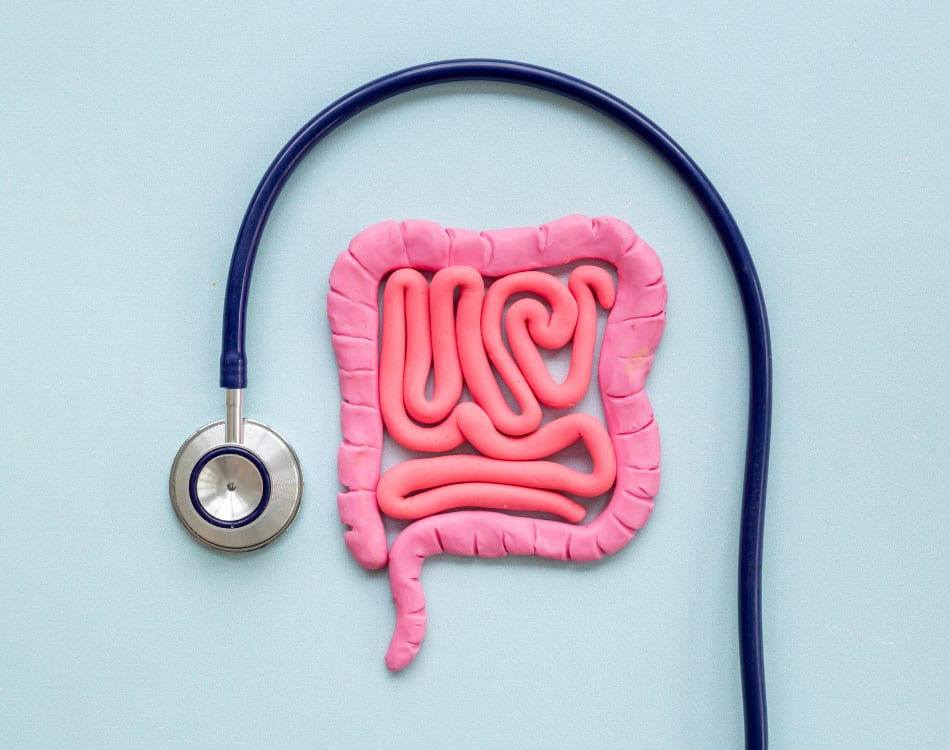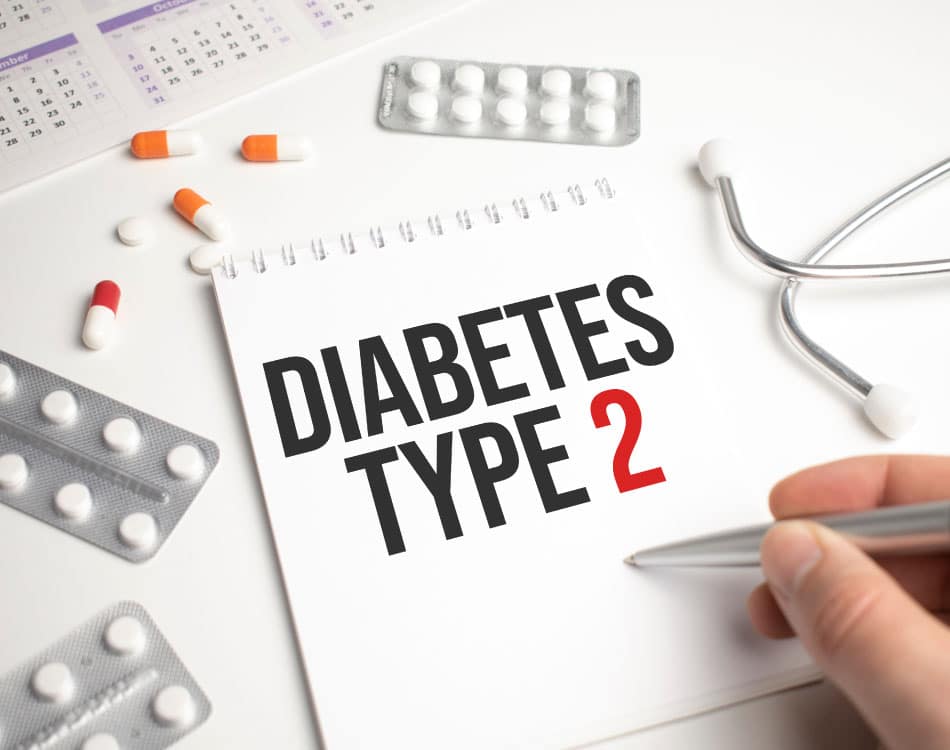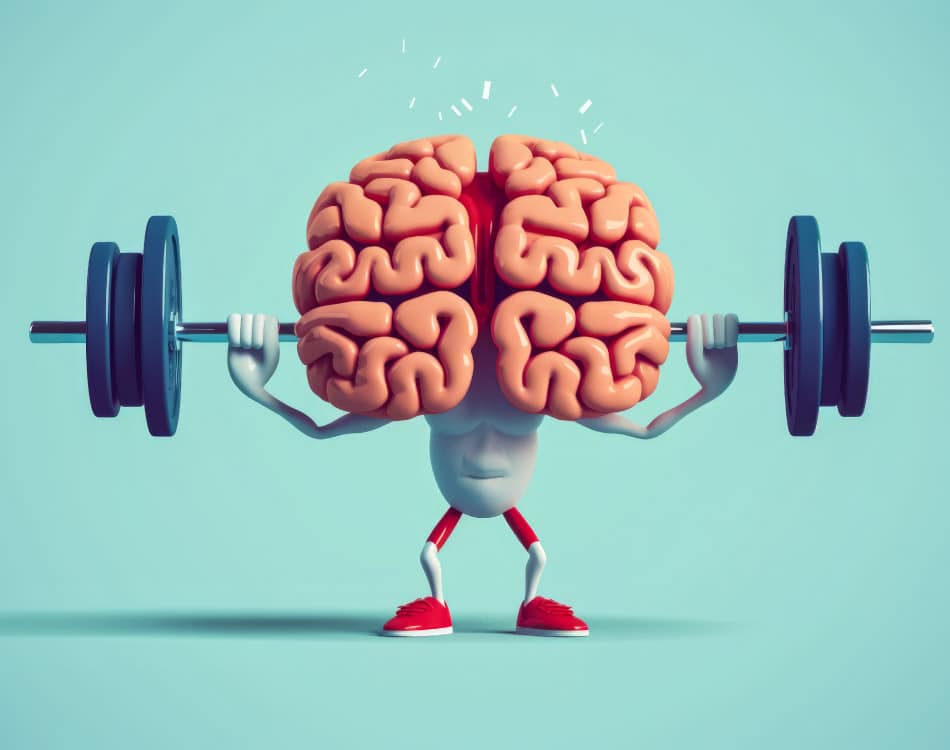According to official statistics, some 3,000,000 South Africans have contracted COVID-19 since the virus first arrived in the country.
Among those who exhibited symptoms, some recovered quickly while others experienced lingering health problems that lasted for weeks or even months.
Those who experience longer-term effects are known as ‘long haulers’ and suffer from a condition now commonly referred to as long COVID.
READ MORE | Eat healthily to boost immunity and bolster COVID-19 defences
Lots of unknowns
We know that the SARS-CoV-2 virus that causes COVID-19 can attack the body in various ways, potentially damaging the lungs, heart, nervous system, kidneys, liver and other organs. The extent of this damage can result in longer-term health complications.
For instance, a bad case of COVID-19 can scar your lungs and create other breathing problems, but even mild infections can cause persistent shortness of breath.
However, while studies continue to understand why these conditions arise, there is no apparent link between how ill you were when you had COVID-19 and long COVID (aka post-COVID-19 syndrome).
People who had mild symptoms during their infection can develop long-term problems, while some people who were severely ill may not experience any lingering health issues.
READ MORE | Study finds vitamin D reduces need for ICU treatment for COVID patients
Many symptoms
According to a study published in the British Journal of Sports Medicine in December 2020, one in seven people with COVID-19 have at least one “debilitating” symptom after four weeks, while one in 20 experience persistent symptoms after eight weeks.
And those who suffer from these longer-term effects can experience various symptoms. The most common include fatigue and breathlessness when performing basic everyday activities like walking, climbing stairs or carrying groceries.
Additional symptoms associated with long COVID include:
- Muscle weakness
- Chest pain or tightness
- Joint pain
- Insomnia
- Heart palpitations
- Dizziness
- Headaches
- Intermittent fever
- Pins and needles
- Tinnitus, earaches
- Digestive issues
- Skin rashes
- Cognitive problems
- Depression and anxiety
- Brain fog that affects memory and concentration
READ MORE | COVID-19 shines spotlight on health issues like diabetes
Impact on exercise
Obviously, experiencing any, some or all of these long COVID symptoms can hamper your recovery and affect your quality of life, as well as your fitness and sporting performance.
For instance, you might get tired easily, experience shortness of breath or feel breathless when you exercise, which can be really frustrating, particularly if you were an active person pre-COVID.
Any pain or discomfort in your muscles and joints can also detract from your physical performance. You may even lack the motivation to get moving at all.
This subsequent lack of activity or prolonged break from your established routine can have serious knock-on effects on your health and mental and physical wellbeing.
Subsequently, many long COVID sufferers report feelings of anxiety, fear, loss of control, panic, anger, frustration and even post-traumatic stress.
READ MORE | Fitbit users renewed focus on health amid COVID-19, research reveals
Safe guidelines
But making an effort to get active could actually help you overcome your symptoms and fully recover, according to emerging research.
Researchers from the National Institute for Health Research Leicester Biomedical Research Centre found that a six-week rehabilitation programme improved recovery outcomes for long COVID sufferers by helping to address breathing problems, fatigue and brain fog.
Regular exercise can also help improve your strength, boost energy levels, and reduce joint and muscle pain. Regular activity may also help to improve your sleep and combat anxiety and depression.
The key is to start slowly and progress sensibly, but only once your GP or another suitably qualified medical professional gives you the all-clear.
In this regard, a qualitative study by Helen Humphreys et al that explored the lived experience of long COVID patients, focusing on the role of physical activity, highlighted the need for “tailored physical activity-related advice for people with long COVID and improved support to resume activities”.
READ MORE | Data shows health clubs are not COVID-19 hotspots
Getting started
A qualified physiotherapist, for example, can provide you with breathing exercises and respiratory therapy, which can help accelerate your return to physical activity and exercise.
These physical therapies can help you manage bouts of breathlessness that will likely occur when getting back into gentle exercise.
Your doctor may also prescribe medications and other treatments to help improve your health and support your recovery from long COVID.
Once you feel capable, you can start with daily walks to rebuild your fitness and improve your cardiovascular and cardiorespiratory strength.
Build up gradually by increasing the time you spend walking each day. Once you can walk non-stop for 30 minutes, you can start to intensify your exercise routine.
But don’t jump straight back to the training program you followed before you fell ill. Instead, work up slowly, exercising regularly for short periods rather than trying to do long sessions initially.
Doing two shorter sessions a day – one in the morning and another in the afternoon – is a sensible approach at first. Keep listening to your body as you build back up to your pre-COVID exercise routine.


















Leave A Comment